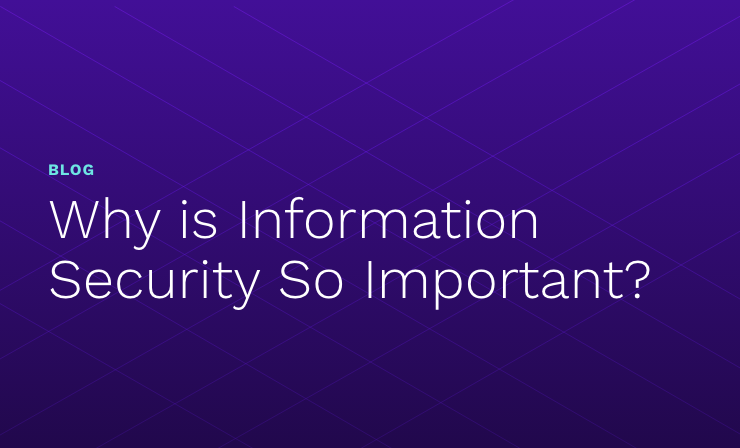- Why Securonix?
- Products
-
- Overview
- 'Bring Your Own' Deployment Models
-
- Products
-
- Solutions
-
- Monitoring the Cloud
- Cloud Security Monitoring
- Gain visibility to detect and respond to cloud threats.
- Amazon Web Services
- Achieve faster response to threats across AWS.
- Google Cloud Platform
- Improve detection and response across GCP.
- Microsoft Azure
- Expand security monitoring across Azure services.
- Microsoft 365
- Benefit from detection and response on Office 365.
-
- Featured Use Case
- Insider Threat
- Monitor and mitigate malicious and negligent users.
- NDR
- Analyze network events to detect and respond to advanced threats.
- EMR Monitoring
- Increase patient data privacy and prevent data snooping.
- MITRE ATT&CK
- Align alerts and analytics to the MITRE ATT&CK framework.
-
- Industries
- Financial Services
- Healthcare
-
- Resources
- Partners
- Company
- Blog
SIEM
In the realm of cybersecurity, the trend toward consolidation is becoming increasingly prominent. Many vendors are striving to create comprehensive platforms, or more accurately, extensive product portfolios, aiming to fulfill the varied cybersecurity needs of organizations. This approach is reminiscent of a powerful narrative from J.R.R. Tolkien’s The Lord of the Rings.
The allure of the One Ring: A cybersecurity parallel
In Tolkien’s epic, the One Ring, forged by the dark lord Sauron, was imbued with the power to control the other Rings of Power and dominate Middle-Earth. This concept parallels the current cybersecurity landscape:
“One ring to rule them all,
one ring to find them,
One ring to bring them all
and in the darkness bind them.”
This verse aptly captures the essence of what many cybersecurity vendors are attempting: creating a singular, all-encompassing solution for organizational security needs.
The risk of power concentration
In the world of Middle-Earth, the One Ring’s existence was a central problem. It represented an overwhelming concentration of power, with the potential to corrupt even those with the noblest intentions. This narrative offers a cautionary tale for the cybersecurity industry.
When vendors offer broad platforms that promise to cover all aspects of an organization’s cybersecurity, they are, in effect, creating their version of the “One Ring.” Such consolidation, while seemingly convenient, carries inherent risks. It mirrors the centralization of power and the potential for corruption and failure.
The need for diversification and specialization
Consolidation in cybersecurity, just like in Tolkien’s universe, can be a double-edged sword. While integrating certain aspects, like combining Security Information and Event Management (SIEM) with User and Entity Behavior Analytics (UEBA), makes sense due to the overlapping nature of the data and technology, over-consolidation can be problematic.
For instance, bundling endpoint security tools with cloud security posture management may offer simplicity in supplier management but at the cost of flexibility and specialization. Such an approach can lead to a homogenized security posture, potentially leaving organizations vulnerable to more sophisticated threats.
Avoiding fragmentation pitfalls: SIEM is your SOC’s Gandalf
Just as the Fellowship of the Ring could have faltered without strong leadership, a fragmented cybersecurity approach can lead to gaps in defense, miscommunications, and inefficiencies. It’s crucial for organizations to balance the approach of using specialized security solutions with strong foundational components, such as the SIEM.
Organizations should aim to emulate the Fellowship’s model: diverse and specialized, yet harmoniously integrated under effective leadership. This approach ensures that while each security component operates with its expertise, they all contribute to a cohesive, robust defense mechanism.
Embracing Elrond’s wisdom
In The Lord of the Rings, Elrond, the wise elf lord, advocates for the destruction of the One Ring to prevent its catastrophic potential. This perspective is valuable in the context of cybersecurity. Organizations should be wary of over-consolidation in their cybersecurity solutions. It’s crucial to maintain a balance between the convenience of a unified platform and the need for specialized, adaptable security measures.
Next time Sauron comes to you with the amazing idea of this One Ring, listen to Elrond: “The Ring must be destroyed!“
Striking the right balance
In summary, while the pursuit of streamlined cybersecurity solutions is understandable, it’s vital to recognize the dangers of over-consolidation. Like the One Ring in Tolkien’s narrative, a singular, all-powerful cybersecurity solution could lead to unforeseen vulnerabilities and a lack of flexibility. Organizations should strive to strike a balance, ensuring that their cybersecurity posture is both comprehensive and adaptable, capable of responding to an ever-evolving threat landscape.
By heeding the lessons from Middle Earth, we can navigate the complex world of cybersecurity more wisely and effectively.







